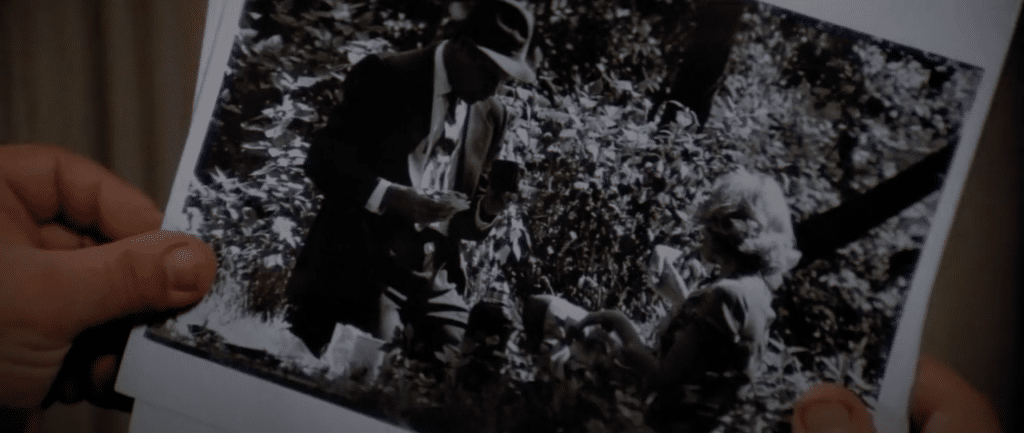The most important shot in your corporate video

Photo Credit: Sydney Sherman Photography
Just between us, I’m going to be brutally honest:
A lot of corporate videos look great but feel cheap.
I’m sure you’ve seen them. They’ve got stunning slow-mo shots of execs walking down hallways, perfect lighting, a background that’s been art directed within an inch of its life, but something about the video just feels hollow. There’s no soul.
Sure, the video is pretty and the messaging is there, but it all feels sort of … forgettable.
The problem?
In those videos, the images are just window dressing. They aren’t contributing to the story.
Think of any acclaimed director — Steven Spielberg, Greta Gerwig, Ridley Scott — every image in their films is jam-packed with information that helps a viewer understand the story, themes, and characters.
Especially the opening image.
Regardless of whether you’re making Oscar-bait or a recruiting video, you should use that first moment to grab the audience’s attention and tell them exactly what they’re getting themselves into.
Let’s break down some examples:
Chinatown (1974)

The first thing we see is a selection of salacious, black and white photos. Sure, this tells us that we’re dealing with a private eye, but, more importantly, the opening establishes our main character’s worldview. Like a camera, Jake Gittes, sees every situation in one, specific way. He engages in black and white thinking that prevents him from solving a case that requires an incredible amount of nuance.
WALL-E (2008)

The camera starts with a shot straight out of a nature documentary, descending through the clouds to reveal a beautiful mountain range. Wait, no, those clouds were smog and those mountains are actually huge piles of trash. From the jump, we know that a major theme of this movie is going to be sustainability and humans’ impact on the environment.
Apocalypse Now (1979)

The film opens with lush palm trees suddenly getting torched. We crossfade into a man’s face positioned upside-down in the frame. Whereas, in a typical story, we start in the “normal” world and at some point our character journeys into the unfamiliar, in Apocalypse Now, we start in a world that has already turned upside down. During war, there is no “normal” to ground ourselves in.
But what about corporate video?
Consider the key messages and themes of your video, then, brainstorm how you can visually represent those themes on camera.
Career growth? Perhaps you feature an employee ascending stairs (literally moving up within the company). Or maybe the camera pushes in on their face (literally growing in the frame).
Introducing a new way of working? Maybe a hand uncaps a pen over a piece of blank paper (we’re writing a new story). Or a sun rises behind the office building (a new day is starting).
There are certainly much better — and less cliché — ideas to uncover for your specific project, but the key is to think deeply about how you’re going to visually open your film.
Your audience may not consciously put the pieces together (unless they took Film 101), but they’ll feel the difference.
And that’s how you’ll end up with a final product that is cinematic, powerful, and memorable.
Found this insightful? This post has been adapted from our newsletter The Slate. Sign up here to get insights like these straight to your inbox and master the art of corporate video communications.
